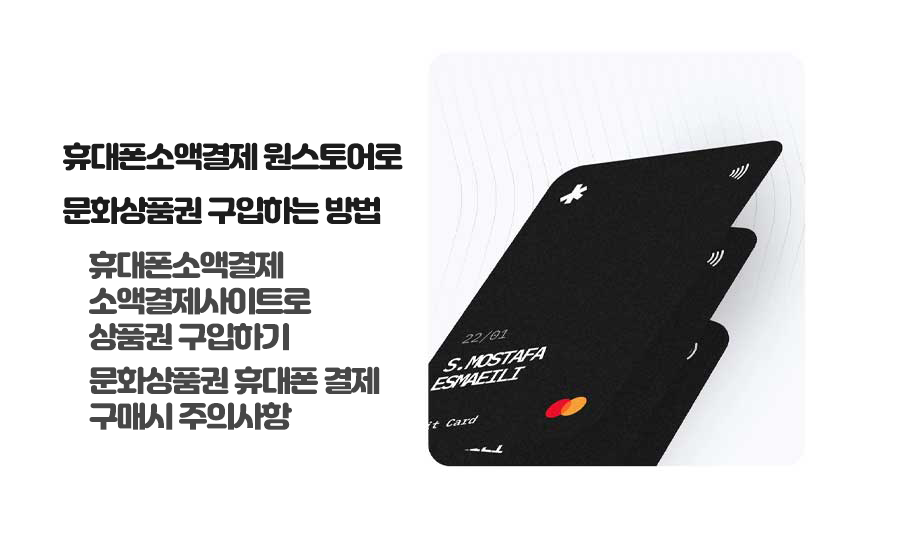Understanding how to set up microtransaction gift cards and non-payment policies

Introduction:
Micropayment gift certificates have become a very convenient form of payment in the modern world. However, capped cards and policy non-payment settings are important issues for both consumers and merchants. In this post, we’ll take a closer look at micropayment gift certificate capped cards and policy non-payment settings.
In this article:
- How to set up microtransaction gift card limits
If you issue micropayment gift certificates, then you can set up a limit card to limit the amount that a consumer can spend. This helps to prevent fraud or abuse by limiting the amount that consumers can spend. Here’s how to set up a limit card
- Go to your issuer’s website and log in.
- Go to your My Page or Settings menu.
- Find and click the Set payment limit option.
- Enter the desired limit amount. Typically, you can set a one-time payment limit and a monthly payment limit.
- When you’re done, click the Save button to save your changes.
- How to set a non-payment policy for micropayment gift certificates
If you’re issuing micropayment gift certificates, then you can set up a non-payment policy to determine what happens if a consumer doesn’t complete payment. This can help prevent the reuse of unpaid gift certificates and protect your business’s interests. To set up policy non-payment
- Go to your issuer’s website and log in.
- Go to your My Page or Settings menu.
- Locate and click the Policy non-payment settings option.
- Select how you want to handle non-payment. Typically, you’ll see options such as auto-lapse gift certificates, non-redeemable, and more.
- When you’re finished, click the Save button to save your changes.
- The importance of microtransaction gift certificate limit card and policy non-payment settings
Limit card and non-payment policy settings are critical for the safe use of micropayment gift certificates. By setting up a limit card, you can prevent fraudulent redemptions by limiting the amount that a consumer can spend. The non-payment policy setting also prevents the reuse of unpaid gift certificates and protects your interests. - Benefits of microtransaction gift card limit cards and non-payment policies
Limit cards and non-payment policies offer benefits to everyone who uses microtransaction gift certificates. First, by setting up a limit card, consumers are protected from fraud and abuse. Second, by setting up a non-payment policy, businesses issuing micropayment gift certificates can minimize errors and losses by preventing the reuse of unpaid gift certificates.
Limit cards and policy non-payment settings for micropayment gift certificates are important for both consumers and merchants: they allow consumers to limit the amount of money they spend so that they can spend it safely, and they allow merchants to protect their interests by preventing the reuse of unpaid gift certificates. Limit cards and non-payment policies help make microtransaction gift certificates safer to use.
Previously, the limit card and non-payment policy settings for cell phone microtransactions worked differently.
In the past, cell phone microtransaction gift certificates were typically issued with a predetermined amount. When a user purchased a gift card, the amount of the gift card was set as a limit and could only be used within this limit. Therefore, it was not possible to change the limit of the gift card or adjust the non-payment settings directly.
Recently, however, the method of setting the limit of cell phone micropayment vouchers has been changed to allow users to adjust the limit themselves or set the non-payment policy. This allows users to flexibly adjust the limit of the voucher according to their needs, and the non-payment policy allows users to spend as much as they want.
This change provides users with a more convenient way to pay and gives them the opportunity to manage their spending by pre-budgeting their spending through limits and blackout settings, so they can utilize mobile microtransaction gift certificates to fit their payment habits and budget.
Previously, payments made with gift certificates were not subject to card limits and non-payment policies, meaning that payments made with gift certificates were not affected by the card’s limits or non-payment policy.In such cases, it is recommended to use a specialized mobile phone cashier “https://zeropaybank.com”.
However, we have recently changed the limit card and non-payment policy settings to apply to payments using micropayment vouchers. This is to minimize payment risk by ensuring that users who use micropayment vouchers are subject to the same limit and non-payment policies as card users.
It’s important that you check your card’s limit settings and pay close attention to your non-payment policy before making a payment with a micropayment gift certificate, as it ultimately works the same way as paying with a credit card.